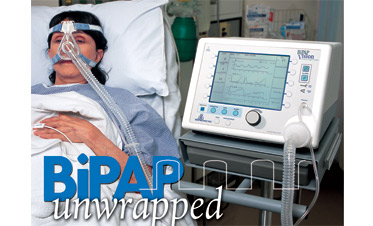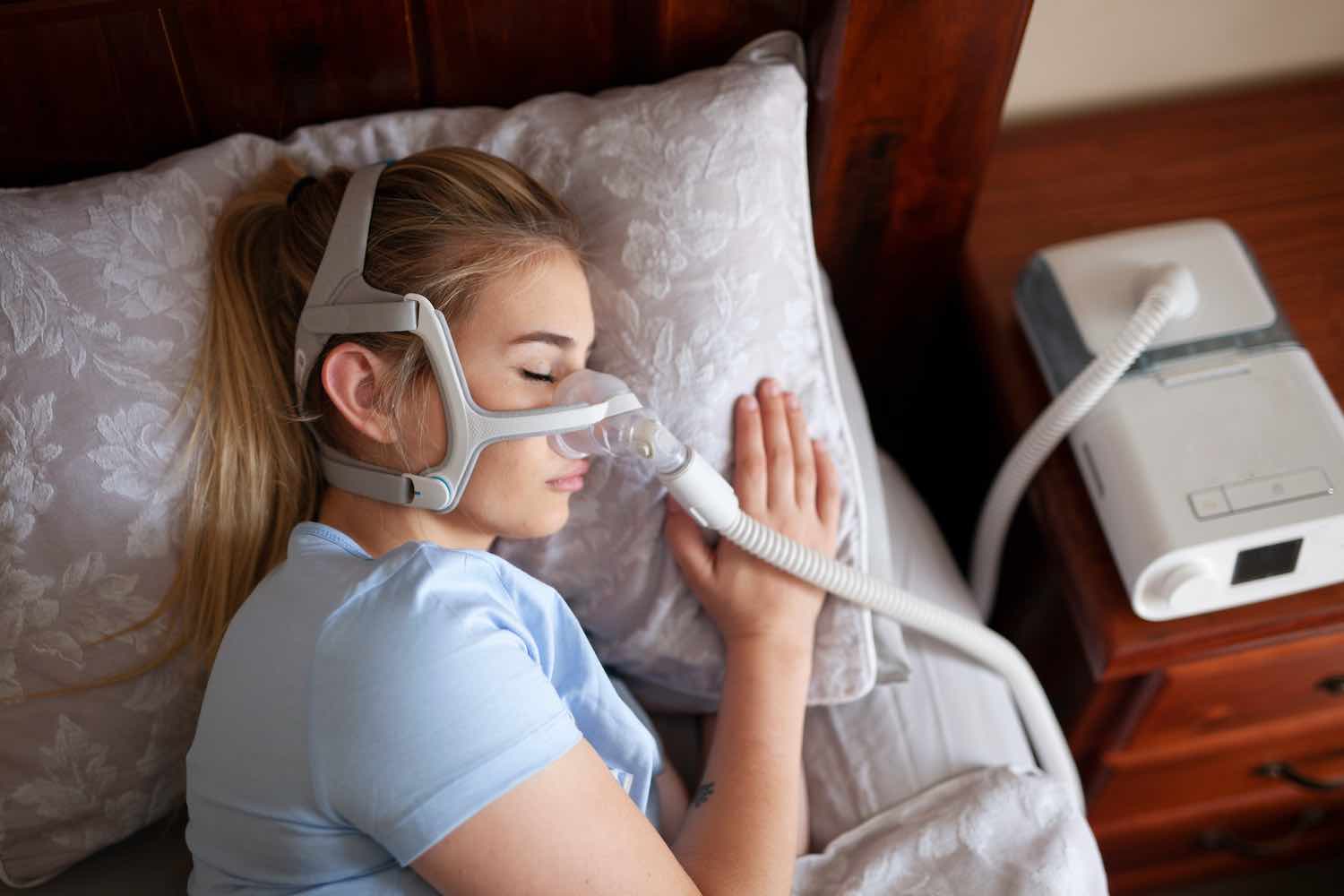Personalized Strategies Offered for BiPAP Rental Providers
Personalized Strategies Offered for BiPAP Rental Providers
Blog Article
Bipap vs. CPAP: Which Is the very best for Your Sleep Disorder?
When browsing the intricacies of sleep problems, the choice in between BiPAP and CPAP treatment is a crucial factor to consider. Each method supplies special advantages tailored to specific conditions, yet the choice rests on individual patient requirements and comfort degrees. While CPAP gives a consistent airflow suitable for obstructive rest apnea, BiPAP's dual stress settings might boost convenience for those with more intricate respiratory issues. Comprehending these differences can substantially influence therapy efficacy, leaving one to ponder which option genuinely straightens with their wellness demands and lifestyle.
Understanding Rest Disorders
Rest problems encompass a variety of conditions that interfere with typical rest patterns, influencing both the quality and period of remainder. These conditions can manifest in numerous forms, consisting of sleeping disorders, rest apnea, narcolepsy, restless leg syndrome, and parasomnias. Each condition presents one-of-a-kind difficulties, frequently leading to significant daytime fatigue, cognitive problems, and emotional disruptions.
Sleeping disorders is defined by trouble falling or staying asleep, while rest apnea includes duplicated disturbances in breathing throughout sleep, usually bring about fragmented remainder. Narcolepsy, on the other hand, is noted by extreme daytime drowsiness and abrupt sleep strikes. Agitated leg disorder creates unpleasant sensations in the legs, prompting an irrepressible desire to move them, which can also impede the capacity to sleep.
The impact of rest disorders expands beyond specific wellness, affecting total productivity, relationships, and high quality of life. Recognizing the particular nature of each problem is important for efficient medical diagnosis and treatment. As sleep wellness ends up being progressively recognized as a vital part of general wellness, resolving these problems is important for enhancing both rest high quality and everyday performance.
Exactly How CPAP Functions
Constant Positive Respiratory Tract Pressure (CPAP) treatment is frequently used as a key therapy for obstructive sleep apnea (OSA) The mechanism of CPAP entails making use of a device that supplies a consistent stream of air via a mask worn during rest. This air movement keeps positive stress in the airway, protecting against the collapse or blockage of the throat that can take place during rest.
When an individual takes in, the CPAP equipment gives a continual flow of air, ensuring that the airway stays open - BiPAP Rental. This not just reduces the signs of OSA, such as snoring and disrupted sleep patterns, yet additionally minimizes the affiliated wellness dangers, consisting of cardio complications and daytime tiredness
The stress setups on a CPAP maker can be customized to fulfill individual client needs, commonly determined through a rest research study. Generally, CPAP treatment has been shown to considerably enhance the high quality of sleep and general health and wellness for people suffering from obstructive rest apnea.
Just How BiPAP Works
BiPAP, or Bilevel Favorable Respiratory Tract Stress, is a specialized type of non-invasive air flow that is particularly useful for clients with conditions such as intricate rest apnea or respiratory system problems. Unlike CPAP, which provides a continuous stream of air at a single stress, BiPAP supplies 2 unique stress settings: a greater inspiratory stress for breathing and a lower expiratory stress for exhalation. This dual-pressure strategy enables easier breathing, minimizing the initiative needed during exhalation.
The device runs through a mask fitted over the nose or mouth, connected to a machine that creates atmospheric pressure. When the individual inhales, the equipment provides the greater pressure to help with air flow, ensuring that the air passage remains open. Upon exhalation, the equipment automatically reduces the stress, making it a lot more comfortable for the client to breathe out.

Key Distinctions Between BiPAP and CPAP

In contrast, BiPAP (Bilevel Favorable Airway Pressure) offers two different pressure settings: one for inhalation and a lower one for exhalation. This twin pressure system permits even more comfy breathing, specifically for clients who have problem with exhaling against a continuous stress. BiPAP is typically advised for patients with intricate sleep apnea, chronic obstructive pulmonary illness (COPD), or those that call for added support throughout rest.
Additionally, the complexity of BiPAP tools generally causes a higher cost and needs a lot more mindful titration than CPAP. BiPAP Rental. Understanding these vital distinctions can assist in identifying which gadget may be better for particular rest conditions, setting the groundwork for enlightened therapy decisions
Selecting the Right Therapy
Exactly how can one identify the most suitable treatment for taking care of rest conditions? The choice in between BiPAP and CPAP therapy mainly rests on the specific qualities of the rest condition, the client's overall wellness, and their comfort with the gadget. CPAP, which delivers a continuous stream of air, is typically recommended for obstructive sleep apnea (OSA) It maintains an open airway during rest, efficiently protecting against apneas and hypopneas.
Conversely, BiPAP offers two levels of pressure: one for inhalation and a reduced one for exhalation. This dual stress system is beneficial for individuals with intricate rest apnea or those that experience trouble exhaling versus a constant pressure. In addition, BiPAP is usually advised for individuals with respiratory system conditions, such as chronic obstructive pulmonary condition (COPD), where differing stress settings can boost comfort and conformity.
Inevitably, a thorough examination by a rest specialist, including a rest research study, can help identify which therapy straightens finest with the individual's requirements. Aspects such as convenience, convenience of use, and specific clinical view problems must likewise be taken into account to maximize treatment results.
Final Thought
In recap, both BiPAP and CPAP serve distinctive purposes in the monitoring of sleep conditions. CPAP works for obstructive rest apnea through regular air flow, while BiPAP uses dual pressure setups that enhance convenience for those with complex sleep apnea or breathing concerns. The selection in between these therapies should be assisted by private requirements and problems, necessitating a comprehensive assessment by a rest professional to make certain ideal therapy end results and enhanced quality of rest.

On the whole, CPAP therapy has been shown to considerably boost the quality of sleep and overall health and wellness for individuals suffering from obstructive sleep apnea.
BiPAP is usually advised for individuals with complicated sleep apnea, persistent obstructive lung illness (COPD), or those who call for extra support throughout sleep.
CPAP is reliable for obstructive sleep apnea through constant air movement, while BiPAP provides twin stress settings that enhance comfort for those with complex rest apnea or respiratory issues.
Report this page